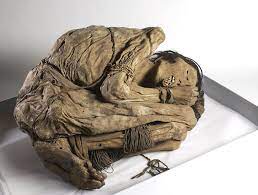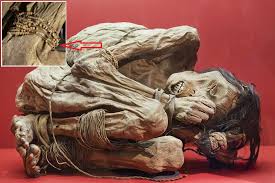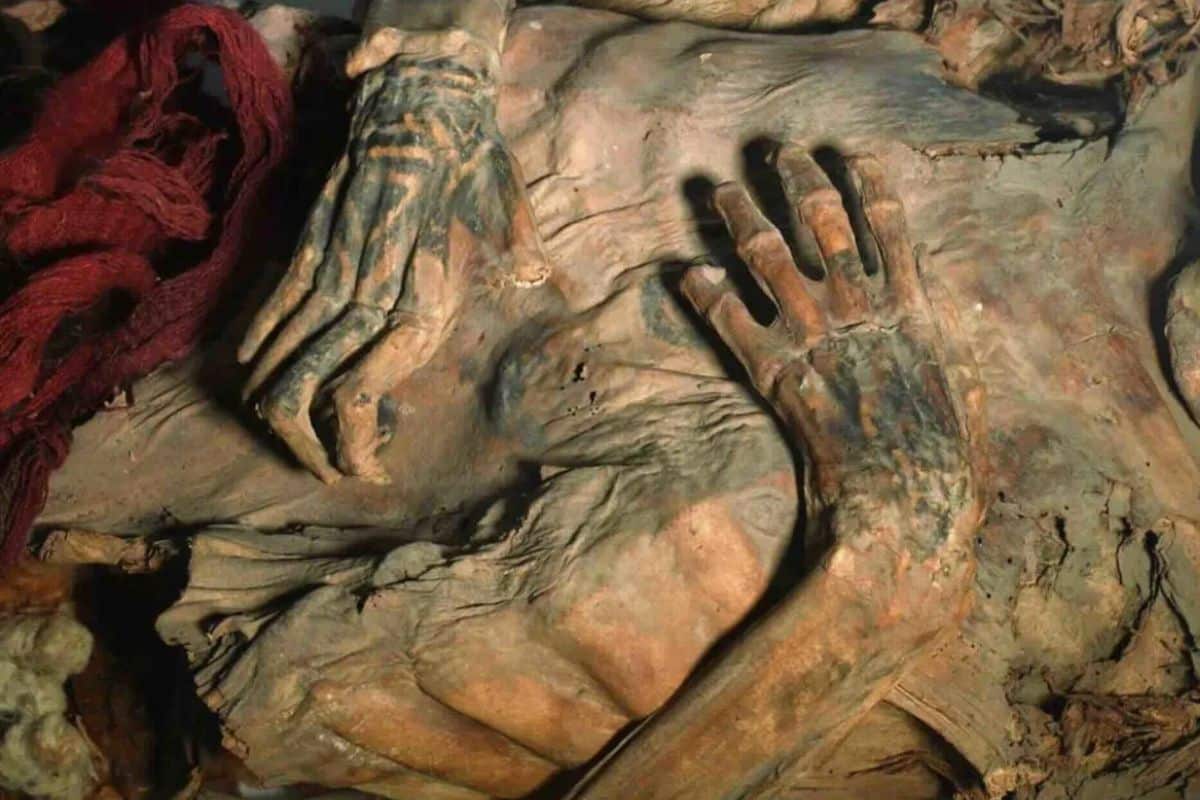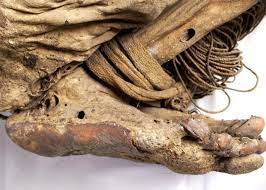Exploring a Lost Era: The Fascinating Story of the Chimu Mummy
“Exploring a Lost Era” delves into the fascinating story of the Chimu Mummy, an extraordinary relic that offers a poignant and detailed glimpse into a powerful pre-Incan civilization of ancient Peru. Discovered in various sites along the arid northern coast, these mummies are not merely skeletal remains but often remarkably preserved individuals, wrapped in layers of textiles and accompanied by grave goods that speak volumes about Chimu beliefs, social structures, and their rich artistic traditions. Each find opens a direct portal to a culture that flourished for centuries before the Inca conquest.


The Chimu civilization (c. 900–1470 CE) was renowned for its sophisticated metallurgy, intricate textiles, and its vast adobe capital, Chan Chan. The mummification practices they employed varied, but often involved elaborate bundles, with the deceased placed in a seated, flexed position and then meticulously wrapped in multiple layers of cotton cloth, sometimes adorned with feathers or metal plaques. The arid climate of the Peruvian coast naturally aided in the preservation, allowing archaeologists to uncover details about diet, health, and even the social status of the individuals, based on the richness of their burial accompaniments.

Studying the Chimu mummies is a meticulous process, revealing not just biological data but also cultural narratives. The textiles provide insights into weaving techniques and symbolic patterns; the grave goods—pottery, gold and silver artifacts, tools—illuminate daily life, ritual practices, and economic systems. Each mummy contributes to a larger mosaic, helping researchers reconstruct the complex society that built one of South America’s most impressive ancient empires. Through these silent witnesses, “Exploring a Lost Era” truly brings the vibrant, enigmatic world of the Chimu back to life.
